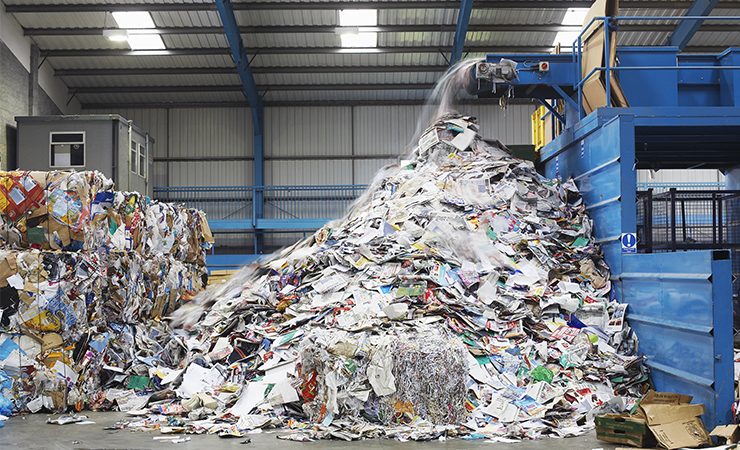The idea of using watermarking as an aid to waste sorting has been around for a while. At the moment it’s mostly relevant for packaging, but it could also matter for commercial print. As digitally printed volumes grow and recycling technologies advance, a digital watermark could make a big difference to waste handling. It could for instance help direct digital prints to the correct de-inking streams.
An invisible watermark could function rather like a passport for individual packages or prints. At each stage of production, data about the print’s composition could be added to the watermark. When the package reaches end-of-life, the mark can be read and evaluated for sorting into the correct recycling process. There are other benefits, too: the watermark can carry details of the manufacturer, the package’s contents, the types of plastic used (if plastic is used) and the composition of laminates and embellishments. There is no end to the range of data that can be encoded, and this may create new opportunities for supply chain management.
In Europe over 150 companies have come together under the auspices of AIM, the European Brands Association, to assess how such digital technology can improve waste sorting and recycling rates for packaging. Their goal is to establish a circular economy for printed packaging in the EU. The Digital Watermarks Project HolyGrail 2.0 has been set up to prove digital watermarking’s viability for waste sorting and to demonstrate the business case for its wider deployment.
It’s very early days yet and the model depends on various other technologies being in place in supply chains and in waste streams. A standard reader and data format would for instance be required for all recyclers. Recycling technologies would also need upgrading to take advantage of the system. But before that recycling supply chains needs to follow some sort of common process everywhere. But this is never going to happen without commercial incentives, regulation of government intervention. The watermarking thing is a clever idea and one whose time will eventually come. Whether we’ll all still be around to see it is another matter.
– Laurel Brunner
This article was produced by the Verdigris Project, an industry initiative intended to raise awareness of print’s positive environmental impact. This weekly commentary helps printing companies keep up to date with environmental standards, and how environmentally friendly business management can help improve their bottom lines. Verdigris is supported by the following companies: Agfa Graphics, EFI, Fespa, Fujifilm, HP, Kodak, Miraclon, Ricoh, Unity Publishing and Xeikon.





